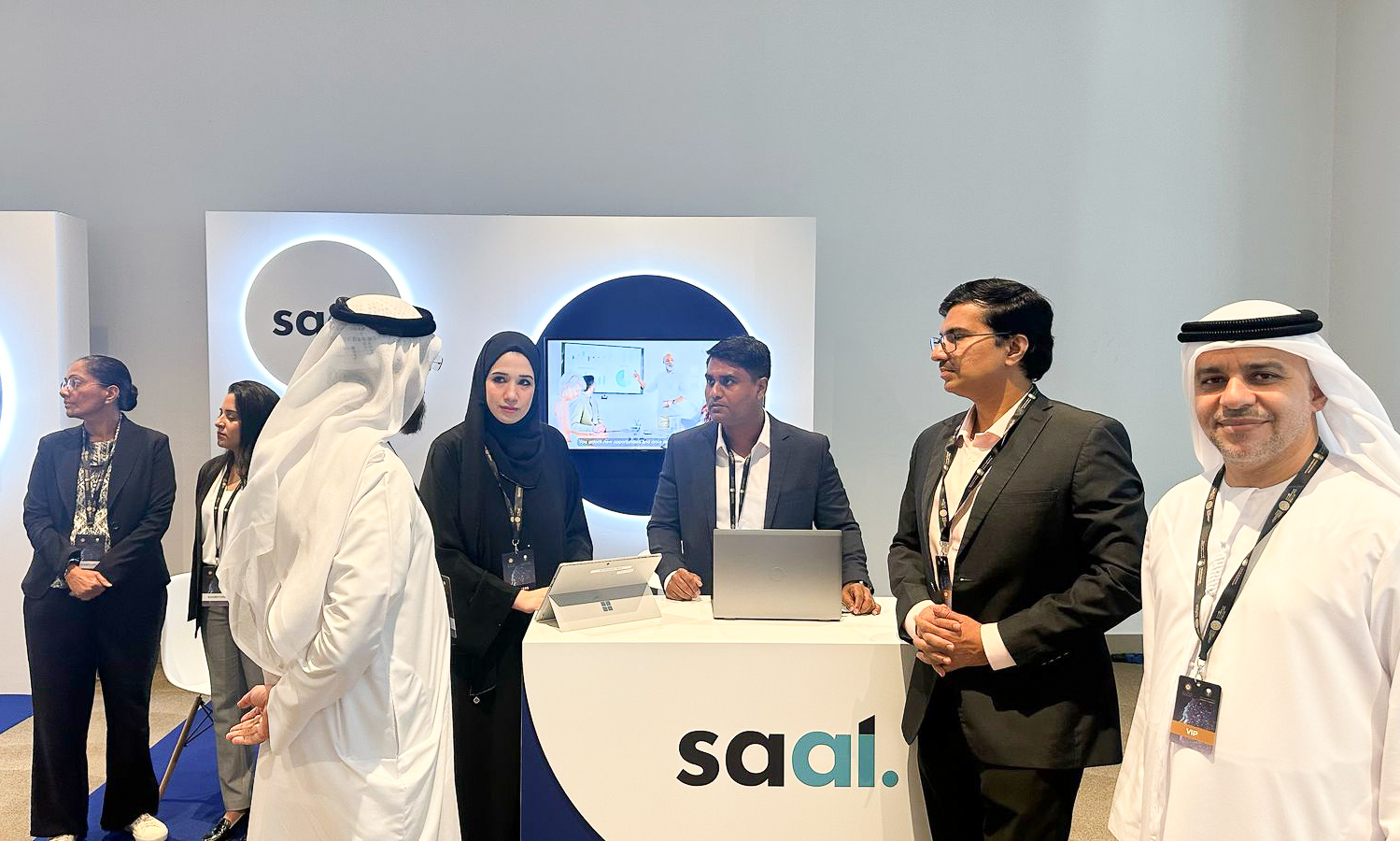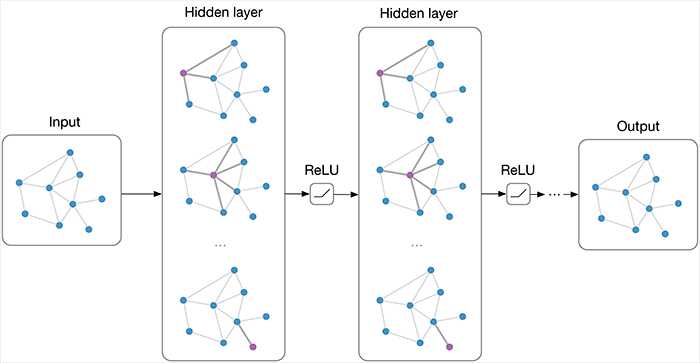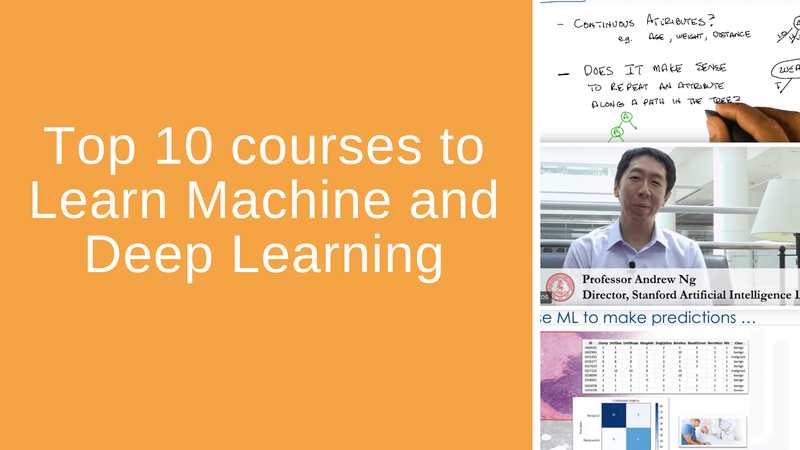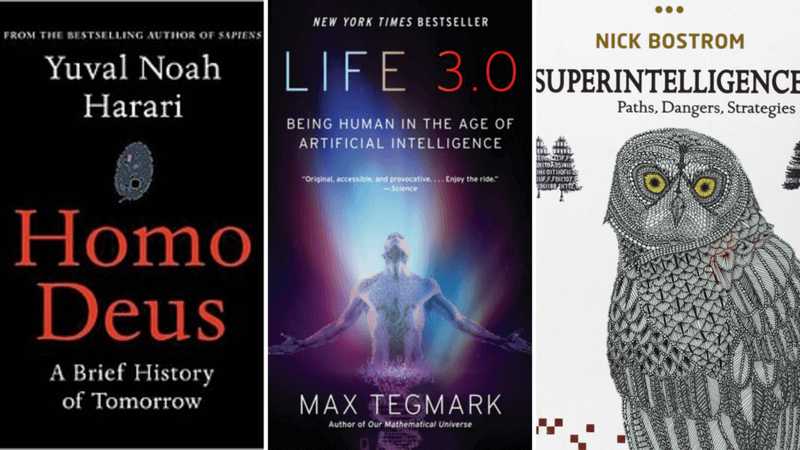Aaron Kesler, Sr. Product Manager, AI/ML at SnapLogic – Interview Series
Aaron Kesler, Sr. Product Manager, AI/ML at SnapLogic, is a certified product leader with over a decade of experience building scalable frameworks that blend design thinking, jobs to be done, and product discovery. He focuses on developing new AI-driven products and processes while mentoring aspiring PMs through his blog and coaching on strategy, execution, and […] The post Aaron Kesler, Sr. Product Manager, AI/ML at SnapLogic – Interview Series appeared first on Unite.AI.


Aaron Kesler, Sr. Product Manager, AI/ML at SnapLogic, is a certified product leader with over a decade of experience building scalable frameworks that blend design thinking, jobs to be done, and product discovery. He focuses on developing new AI-driven products and processes while mentoring aspiring PMs through his blog and coaching on strategy, execution, and customer-centric development.
SnapLogic is an AI-powered integration platform that helps enterprises connect applications, data, and APIs quickly and efficiently. With its low-code interface and intelligent automation, SnapLogic enables faster digital transformation across data engineering, IT, and business teams.
You’ve had quite the entrepreneurial journey, starting STAK in college and going on to be acquired by Carvertise. How did those early experiences shape your product mindset?
This was a really interesting time in my life. My roommate and I started STAK because we were bored with our coursework and wanted real-world experience. We never imagined it would lead to us getting acquired by what became Delaware’s poster startup. That experience really shaped my product mindset because I naturally gravitated toward talking to businesses, asking them about their problems, and building solutions. I didn’t even know what a product manager was back then—I was just doing the job.
At Carvertise, I started doing the same thing: working with their customers to understand pain points and develop solutions—again, well before I had the PM title. As an engineer, your job is to solve problems with technology. As a product manager, your job shifts to finding the right problems—the ones that are worth solving because they also drive business value. As an entrepreneur, especially without funding, your mindset becomes: how do I solve someone’s problem in a way that helps me put food on the table? That early scrappiness and hustle taught me to always look through different lenses. Whether you're at a self-funded startup, a VC-backed company, or a healthcare giant, Maslow's “basic need” mentality will always be the foundation.
You talk about your passion for coaching aspiring product managers. What advice do you wish you had when you were breaking into product?
The best advice I ever got—and the advice I give to aspiring PMs—is: “If you always argue from the customer’s perspective, you’ll never lose an argument.” That line is deceptively simple but incredibly powerful. It means you need to truly understand your customer—their needs, pain points, behavior, and context—so you're not just showing up to meetings with opinions, but with insights. Without that, everything becomes HIPPO (highest paid person’s opinion), a battle of who has more power or louder opinions. With it, you become the person people turn to for clarity.
You’ve previously stated that every employee will soon work alongside a dozen AI agents. What does this AI-augmented future look like in a day-to-day workflow?
What may be interesting is that we are already in a reality where people are working with multiple AI agents – we’ve helped our customers like DCU plan, build, test, safeguard, and put dozens of agents to help their workforce. What’s fascinating is companies are building out organization charts of AI coworkers for each employee, based on their needs. For example, employees will have their own AI agents dedicated to certain use cases—such as an agent for drafting epics/user stories, one that assists with coding or prototyping or issues pull requests, and another that analyzes customer feedback – all sanctioned and orchestrated by IT because there’s a lot on the backend determining who has access to which data, which agents need to adhere to governance guidelines, etc. I don’t believe agents will replace humans, yet. There will be a human in the loop for the foreseeable future but they will remove the repetitive, low-value tasks so people can focus on higher-level thinking. In five years, I expect most teams will rely on agents the same way we rely on Slack or Google Docs today.
How do you recommend companies bridge the AI literacy gap between technical and non-technical teams?
Start small, have a clear plan of how this fits in with your data and application integration strategy, keep it hands-on to catch any surprises, and be open to iterating from the original goals and approach. Find problems by getting curious about the mundane tasks in your business. The highest-value problems to solve are often the boring ones that the unsung heroes are solving every day. We learned a lot of these best practices firsthand as we built agents to assist our SnapLogic finance department. The most important approach is to make sure you have secure guardrails on what types of data and applications certain employees or departments have access to.
Then companies should treat it like a college course: explain key terms simply, give people a chance to try tools themselves in controlled environments, and then follow up with deeper dives. We also make it known that it is okay not to know everything. AI is evolving fast, and no one’s an expert in every area. The key is helping teams understand what’s possible and giving them the confidence to ask the right questions.
What are some effective strategies you’ve seen for AI upskilling that go beyond generic training modules?
The best approach I’ve seen is letting people get their hands on it. Training is a great start—you need to show them how AI actually helps with the work they’re already doing. From there, treat this as a sanctioned approach to shadow IT, or shadow agents, as employees are creative to find solutions that may solve super particular problems only they have. We gave our field team and non-technical teams access to AgentCreator, SnapLogic’s agentic AI technology that eliminates the complexity of enterprise AI adoption, and empowered them to try building something and to report back with questions. This exercise led to real learning experiences because it was tied to their day-to-day work.
Do you see a risk in companies adopting AI tools without proper upskilling—what are some of the most common pitfalls?
The biggest risks I’ve seen are substantial governance and/or data security violations, which can lead to costly regulatory fines and the potential of putting customers’ data at risk. However, some of the most frequent risks I see are companies adopting AI tools without fully understanding what they are and are not capable of. AI isn’t magic. If your data is a mess or your teams don’t know how to use the tools, you're not going to see value. Another issue is when organizations push adoption from the top down and don’t take into consideration the people actually executing the work. You can’t just roll something out and expect it to stick. You need champions to educate and guide folks, teams need a strong data strategy, time, and context to put up guardrails, and space to learn.
At SnapLogic, you’re working on new product development. How does AI factor into your product strategy today?
AI and customer feedback are at the heart of our product innovation strategy. It's not just about adding AI features, it's about rethinking how we can continually deliver more efficient and easy-to-use solutions for our customers that simplify how they interact with integrations and automation. We’re building products with both power users and non-technical users in mind—and AI helps bridge that gap.
How does SnapLogic’s AgentCreator tool help businesses build their own AI agents? Can you share a use case where this had a big impact?
AgentCreator is designed to help teams build real, enterprise-grade AI agents without writing a single line of code. It eliminates the need for experienced Python developers to build LLM-based applications from scratch and empowers teams across finance, HR, marketing, and IT to create AI-powered agents in just hours using natural language prompts. These agents are tightly integrated with enterprise data, so they can do more than just respond. Integrated agents automate complex workflows, reason through decisions, and act in real time, all within the business context.
AgentCreator has been a game-changer for our customers like Independent Bank, which used AgentCreator to launch voice and chat assistants to reduce the IT help desk ticket backlog and free up IT resources to focus on new GenAI initiatives. In addition, benefits administration provider Aptia used AgentCreator to automate one of its most manual and resource-intensive processes: benefits elections. What used to take hours of backend data entry now takes minutes, thanks to AI agents that streamline data translation and validation across systems.
SnapGPT allows integration via natural language. How has this democratized access for non-technical users?
SnapGPT, our integration copilot, is a great example of how GenAI is breaking down barriers in enterprise software. With it, users ranging from non-technical to technical can describe the outcome they want using simple natural language prompts—like asking to connect two systems or triggering a workflow—and the integration is built for them. SnapGPT goes beyond building integration pipelines—users can describe pipelines, create documentation, generate SQL queries and expressions, and transform data from one format to another with a simple prompt. It turns out, what was once a developer-heavy process into something accessible to employees across the business. It’s not just about saving time—it’s about shifting who gets to build. When more people across the business can contribute, you unlock faster iteration and more innovation.
What makes SnapLogic’s AI tools—like AutoSuggest and SnapGPT—different from other integration platforms on the market?
SnapLogic is the first generative integration platform that continuously unlocks the value of data across the modern enterprise at unprecedented speed and scale. With the ability to build cutting-edge GenAI applications in just hours — without writing code — along with SnapGPT, the first and most advanced GenAI-powered integration copilot, organizations can vastly accelerate business value. Other competitors’ GenAI capabilities are lacking or nonexistent. Unlike much of the competition, SnapLogic was born in the cloud and is purpose-built to manage the complexities of cloud, on-premises, and hybrid environments.
SnapLogic offers iterative development features, including automated validation and schema-on-read, which empower teams to finish projects faster. These features enable more integrators of varying skill levels to get up and running quickly, unlike competitors that mostly require highly skilled developers, which can slow down implementation significantly. SnapLogic is a highly performant platform that processes over four trillion documents monthly and can efficiently move data to data lakes and warehouses, while some competitors lack support for real-time integration and cannot support hybrid environments.
What excites you most about the future of product management in an AI-driven world?
What excites me most about the future of product management is the rise of one of the latest buzzwords to grace the AI space “vibe coding”—the ability to build working prototypes using natural language. I envision a world where everyone in the product trio—design, product management, and engineering—is hands-on with tools that translate ideas into real, functional solutions in real time. Instead of relying solely on engineers and designers to bring ideas to life, everyone will be able to create and iterate quickly.
Imagine being on a customer call and, in the moment, prototyping a live solution using their actual data. Instead of just listening to their proposed solutions, we could co-create with them and uncover better ways to solve their problems. This shift will make the product development process dramatically more collaborative, creative, and aligned. And that excites me because my favorite part of the job is building alongside others to solve meaningful problems.
Thank you for the great interview, readers who wish to learn more should visit SnapLogic.
The post Aaron Kesler, Sr. Product Manager, AI/ML at SnapLogic – Interview Series appeared first on Unite.AI.












































![[The AI Show Episode 145]: OpenAI Releases o3 and o4-mini, AI Is Causing “Quiet Layoffs,” Executive Order on Youth AI Education & GPT-4o’s Controversial Update](https://www.marketingaiinstitute.com/hubfs/ep%20145%20cover.png)





















































































































































































